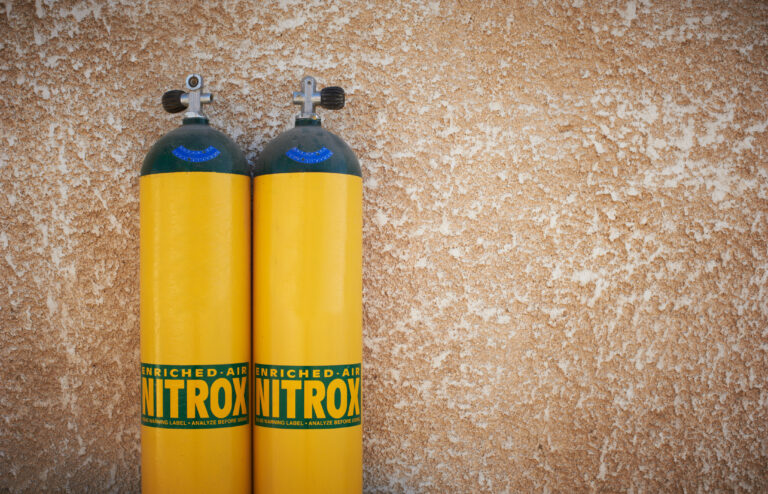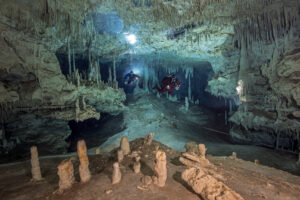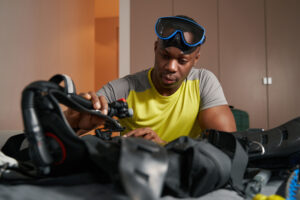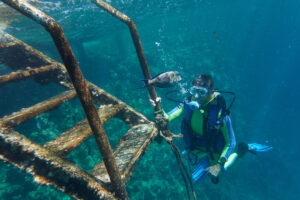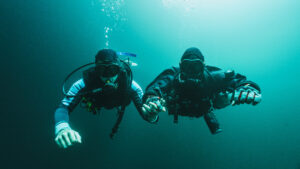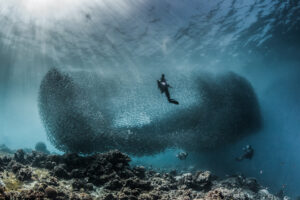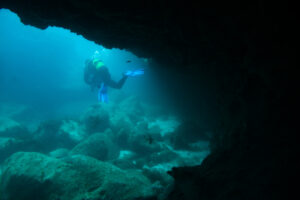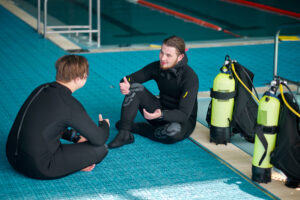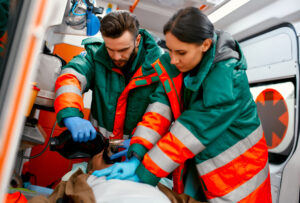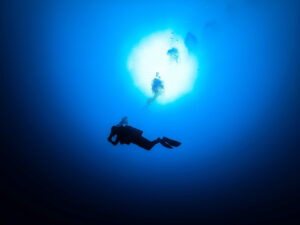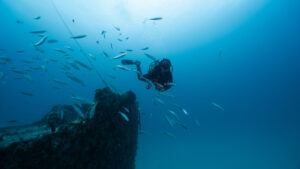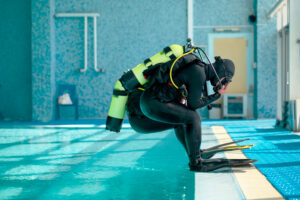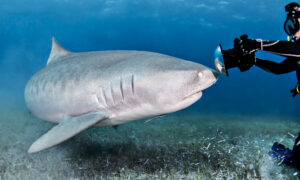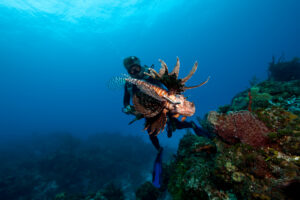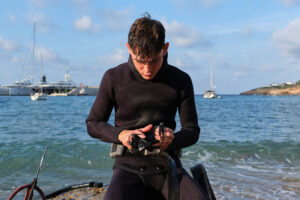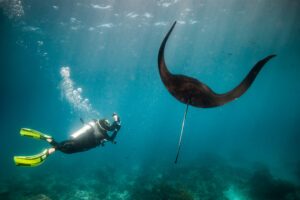What is Enriched Air Nitrox (EAN)?
Enriched Air Nitrox (EAN) is a specialized breathing gas mixture used by recreational scuba divers to increase their bottom time or safety margin while diving. Enriched air nitrox contains a higher percentage of oxygen and a lower percentage of nitrogen than standard air, reducing the amount of nitrogen absorbed by the diver. This entry provides an in-depth examination of the benefits, limitations, and safety considerations of using enriched air nitrox for scuba diving.
Composition and Benefits of Enriched Air Nitrox
Typical atmospheric air contains approximately 21% oxygen and 78% nitrogen, with the remaining 1% consisting of trace gases. Enriched Air Nitrox, on the other hand, contains a higher percentage of oxygen (usually between 22% and 40%) and a correspondingly lower percentage of nitrogen. The elevated oxygen levels in enriched air nitrox offer several benefits to divers:
Increased bottom time
By reducing the amount of nitrogen absorbed by the body, enriched air nitrox allows divers to stay underwater longer before reaching their no-decompression limits (NDLs) compared to diving with standard air. This is particularly beneficial for divers engaged in underwater photography, scientific research, or any activity that requires extended periods underwater.
Shorter surface intervals
Because enriched air nitrox reduces the nitrogen load in a diver’s body, they can experience shorter surface intervals between dives. This allows for more efficient use of time during dive trips, enabling divers to fit in additional dives per day.
Enhanced safety margin
Using enriched air nitrox can provide an added layer of safety by reducing the risk of decompression sickness (DCS), also known as “the bends,” which occurs when nitrogen bubbles form in the body’s tissues due to rapid ascent or inadequate decompression.
Depth Restrictions and Predive Testing
While enriched air nitrox offers numerous benefits, it also comes with certain limitations and safety considerations that divers must adhere to:
Depth restrictions
The higher oxygen content in enriched air nitrox increases the risk of oxygen toxicity, a dangerous condition that can lead to seizures, unconsciousness, and even death. To mitigate this risk, divers using enriched air nitrox must adhere to strict depth restrictions based on the specific nitrox blend they are using. The maximum operating depth (MOD) for a given nitrox blend can be calculated using the partial pressure of oxygen (PPO2) formula, with a PPO2 of 1.4 ATA (atmospheres absolute) being the generally accepted limit for recreational diving.
Predive testing
Before diving with enriched air nitrox , divers must perform a predive test to confirm the oxygen content of their tank. This is typically done using an oxygen analyzer, a handheld device that measures the percentage of oxygen in a gas sample. By testing the gas before each dive, divers can ensure they are using the correct nitrox blend and plan their dive accordingly.
Training and Certification
Using enriched air nitrox requires specialized knowledge and skills to dive safely. Divers interested in using enriched air nitrox must complete a nitrox certification course, typically offered by major dive training agencies such as PADI, NAUI, and SSI. The course covers essential topics such as:
Enriched Air Nitrox Theory
The principles behind enriched air nitrox, its benefits and limitations, and the physiological effects of oxygen and nitrogen on the body.
Dive planning
How to plan dives using enriched air nitrox, including calculating maximum operating depths, no-decompression limits, and surface intervals.
Equipment considerations
The appropriate equipment for diving with enriched air nitrox, including tanks, regulators, and dive computers.
Gas analysis and blending
How to test and analyze enriched air nitrox mixtures, and the basics of blending nitrox.
Enriched Air Nitrox is a valuable tool for recreational scuba divers, offering increased bottom time, shorter surface intervals, and an enhanced safety margin by reducing the amount of nitrogen absorbed during dives. However, using enriched air nitrox requires adherence to strict depth restrictions and predive testing to prevent oxygen toxicity and ensure a safe diving experience. Divers interested in incorporating enriched air nitrox into their diving repertoire should complete a nitrox certification course to gain the necessary knowledge and skills.
As the popularity of enriched air nitrox continues to grow within the diving community, it is essential for divers to understand the benefits, limitations, and safety considerations associated with its use. By doing so, they can make informed decisions about when and how to utilize enriched air nitrox in their underwater adventures, ultimately leading to safer and more enjoyable diving experiences.

